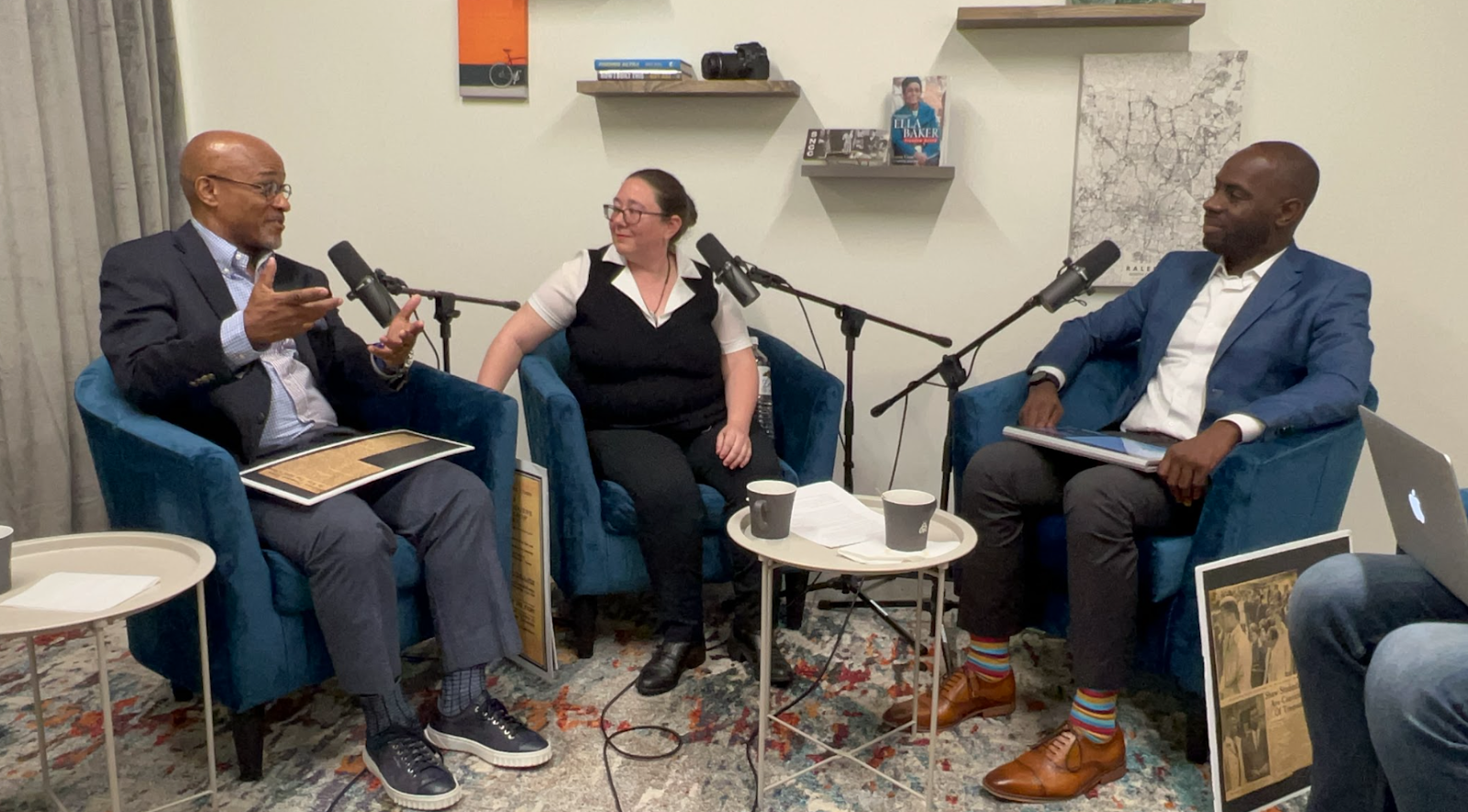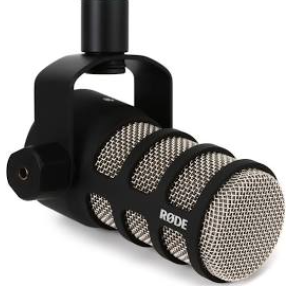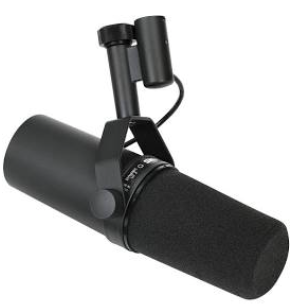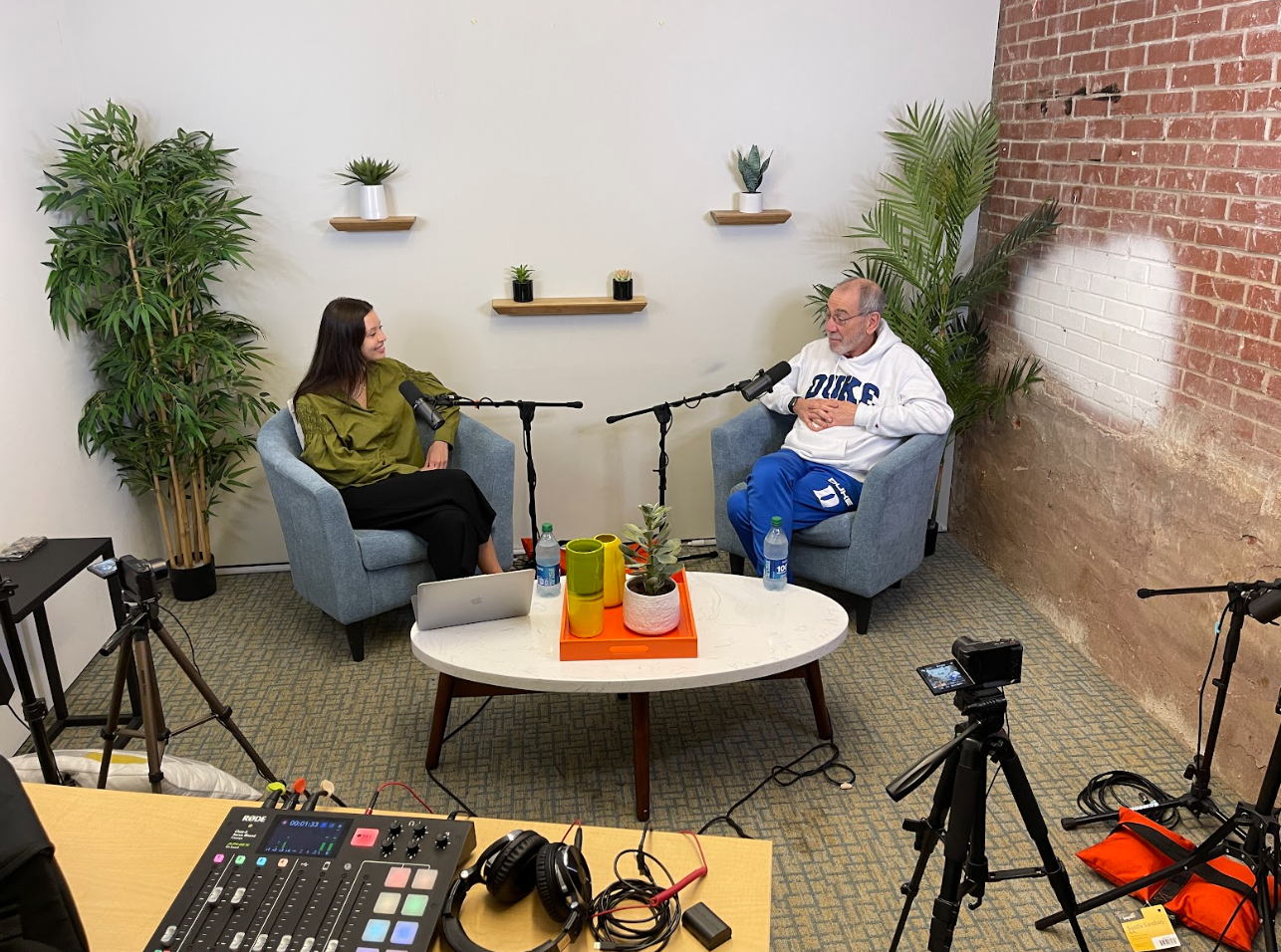Quick takeaways
- Start small and grow smart: You don’t need to build a high-end studio on day one. A simple setup with a USB mic, boom arm, and sound panels can get members recording right away.
- Think like your members: Are they podcasting solo? Interviewing guests? Going live? Let their needs shape your space and gear.
- Sound matters most: Good audio quality beats fancy gear. Invest in solid mics, headphones, and soundproofing to keep things crisp and clean.
- Editing is part of the journey: Provide tools like editing software or partnerships with local editors so members can polish their episodes easily.
- Make it feel pro: A designated, well-lit recording space helps members feel confident and inspires quality content — even if the setup is simple.
Whether you’re a startup looking for an affordable space to gather your teams or an individual working remotely and looking for an office outside of your home, coworking spaces provide opportunities to network and be a part of your local business community.
Entrepreneurs and employees are seeing that value more and more. In 2021, there were nearly 24,000 coworking spaces globally, and that number is on track to nearly double by 2024.
So far, Earfluence has partnered with three of those spaces—Raleigh Founded and The Commons in Downtown Raleigh, and American Underground in Downtown Durham—to create in-house podcast studios that are available for all members of those communities.
With the right space and equipment, coworking spaces can provide even greater value to their members by giving them what they need to amplify their expertise through podcasting.

What does your coworking space need to get started? Let’s discuss the location, furniture, microphones, soundproofing and video equipment that you can bring together to create the perfect podcast studio for your members.
Location, Location, Location
When considering the perfect room for your podcasting studio, there are two main things to consider: size and sound.
For the most basic set-up, your studio should be large enough to accommodate four podcast hosts and/or guests and, at minimum, should have a table that seats four people with four microphones. If that’s all that your best space allows, that’s enough to get the conversation going for the members of your space.
But, because video has become such an integral part of podcasting and podcast promotion, it’s better to have a space that will accommodate those four speakers and a camera, which will have to be placed at least four feet away from the action to ensure all speakers are in frame.
If you still have plenty of elbow room with all of that equipment, then it’s time to get creative with the room’s design. Create an engaging, but universal, backdrop for the recordings, or design multiple spaces in the room that members can use for their recordings, too, like a couch for more casual shows or a two-person table setup for more personal podcasts. Providing options like these help members create the look and feel that best aligns with them and their brands, and can make the space all the more valuable.

All of the above information is useless, though, if the room you’ve selected is loud. To figure out if you’re in the right room for your potential podcast studio, stand in the center of the space and close your eyes. Consider the amount of foot traffic—or, in some cases literal car traffic—outside of the room.
Can you hear people talking around the office?
Are there train tracks nearby?
Is someone grinding the coworking coffee down the hall?
If you answer yes to any of these questions, you might be standing in the wrong space. While some of that additional background noise can be taken out of the final recordings, some sounds simply can’t, and others can be distracting to those recording.
Testing 1, 2, 3 microphones
Microphones. Arguably the most important—and sometimes, expensive—piece of a podcast. Fortunately, good microphones can still come at a great price. Here are some good, better and best options for studio-quality mics.
- Shure SM48 (about $60 each) - The Shure SM48’s are fantastic for the on-stage panel feel. They will require everyone to stay disciplined and keep their mics about 6 inches away from their mouths when they’re talking, but they are solid.

- Rode PodMic (about $100 each) - The Rode PodMic offers a less expensive option than the Shure SM7B below. You’ll see some rankings that list this one as the best podcast mic because it offers crisp audio quality sound, with no need for a pop filter, at an extremely reasonable price. One downside is the weight (it’s heavy), and if you’re using a boom stand, it has the tendency to fall over if it’s not positioned properly.

- The Shure SM7B (about $400 each) - The highest quality standard for professional podcasting out there right now. While no microphone can completely eliminate background noises, the SM7B’s ability to capture only what’s in front of the mic is truly impressive. It’s expensive, but it’s the best.

Keep in mind that for all of these mics, you will need a few more things:
Soundproofing: Do you hear that? No!
In a coworking space, it would be pretty rare to have a space that’s completely quiet. People are going to be moving around, your neighbor might be on a zoom call, and someone might even try to poke in to see what’s happening. Plus, the room itself might be echo-y, or the air conditioning might come on in the middle of an interview. So although you won’t be recording from the middle of nowhere, soundproofing is a way to make your podcast sound pretty darn close to perfect.
Add objects to the room to dampen the sound, so the soundwaves don’t bounce off the walls. This could be lounge chairs, canvases, plants, a rug, acoustic wave ceiling panels, or even traditional sound panels.
One of the best places to record podcasts is in a closet full of clothes hanging up. It’s not great visually, but the sound is amazing! So think about that when you’re setting up your podcasting studio at your coworking space. The more stuff in there that will cushion sound and prevent it from bouncing, the better.
Lights... Camera… Action!
When you have a podcast, the content created from it can be repurposed for twitter, instagram profile, instagram reels, instagram stories, TikTok, Linkedin, maybe even Facebook and Threads, Youtube, videos for their website, articles for their website, blog posts, partner articles, newsletters, and more. All of that can be even better if you have your podcast studio set up for video.
For optimal video, you’ll want to at least one camera but three is better. Camera technology is evolving every day, and we’ve tried out many cameras in our studios with varying degrees of success, but the one we have right now that we love is the Sony ZV-1.
Actually we have six — three each in two of our studios for a three-camera setup that will record a wide-shot plus two angled shots of the guest and host (full video episode with three-cam setup).

In addition, you'll need:
- Tripods for the cameras.
- Ring lights. Make sure these are adjustable so you can find the perfect lighting for you and your guests.
- Shelving and decor. Your studio needs to feel fun and vibrant! But it also needs to be adjustable to the podcast or video your members want to create. Shelving is a great hack for this, so anything can go on there - books, plants, a bottle of bourbon, a 3D logo…really anything.

That’s it for now!
If you have questions about setting up your podcast space, feel free to connect with us on social media, @earfuencemedia, or email info@earfluence.com.
Happy Podcasting!